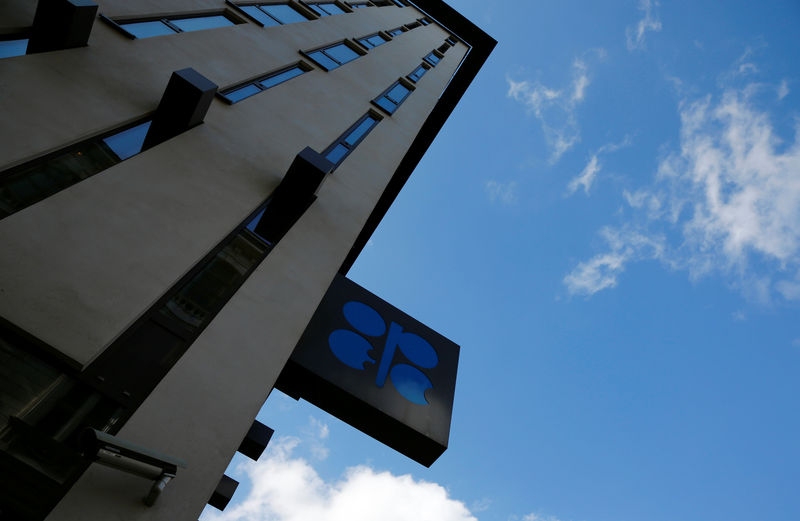By Alex Lawler and Olesya Astakhova
LONDON/MOSCOW (Reuters) – OPEC and its allies have yet to begin formal talks on extending voluntary oil production cuts of 2.2 million barrels per day beyond June, but three OPEC+ producer sources said they could maintain their cuts if demand would not pick up.
OPEC+ has made a series of production cuts since late 2022, against the backdrop of rising output from the United States and other non-member producers and concerns about demand as major economies struggle with high interest rates.
OPEC+, which includes the Organization of the Petroleum Exporting Countries, Russia and other non-OPEC producers, will meet in Vienna on June 1 to set production policy. OPEC did not respond to a request for comment.
The OPEC+ group is currently cutting production by 5.86 million barrels per day, equivalent to about 5.7% of global demand. The cuts include 3.66 million barrels per day by OPEC+ members, valid until the end of 2024, and 2.2 million barrels per day in voluntary cuts by some members that expire at the end of June.
Oil prices have been supported this year by the conflict in the Middle East, although concerns about economic growth and high interest rates have weighed on them. hit a seven-week low on Wednesday, settling at $83.44 a barrel.
The three sources from countries that have implemented voluntary cuts say an extension is likely.
The cuts could be extended until the end of the year, one source said, while another said it would take a surprise jump in demand for OPEC+ to make changes.
Remove ads
.
Two other OPEC+ sources said formal talks had yet to take place, and one said OPEC+ was not yet leaning towards extending cuts one way or another.
The countries that have made voluntary cuts deeper than those agreed with the broader group are Algeria, Iraq, Kazakhstan, Kuwait, Oman, Russia, Saudi Arabia and the United Arab Emirates.
“We think there is a good chance that OPEC+ will continue beyond June – but we are not giving a definitive position yet because we don’t think they have actually entered the real period of discussion and decision-making,” said Richard Bronze. of energy aspects.
Another option would be to reverse some or all of the 2.2 million barrel cuts after June, analysts say.
OPEC has said it expects another year of relatively strong oil demand growth of 2.25 million barrels per day, while the International Energy Agency expects much slower growth of 1.2 million barrels per day.


